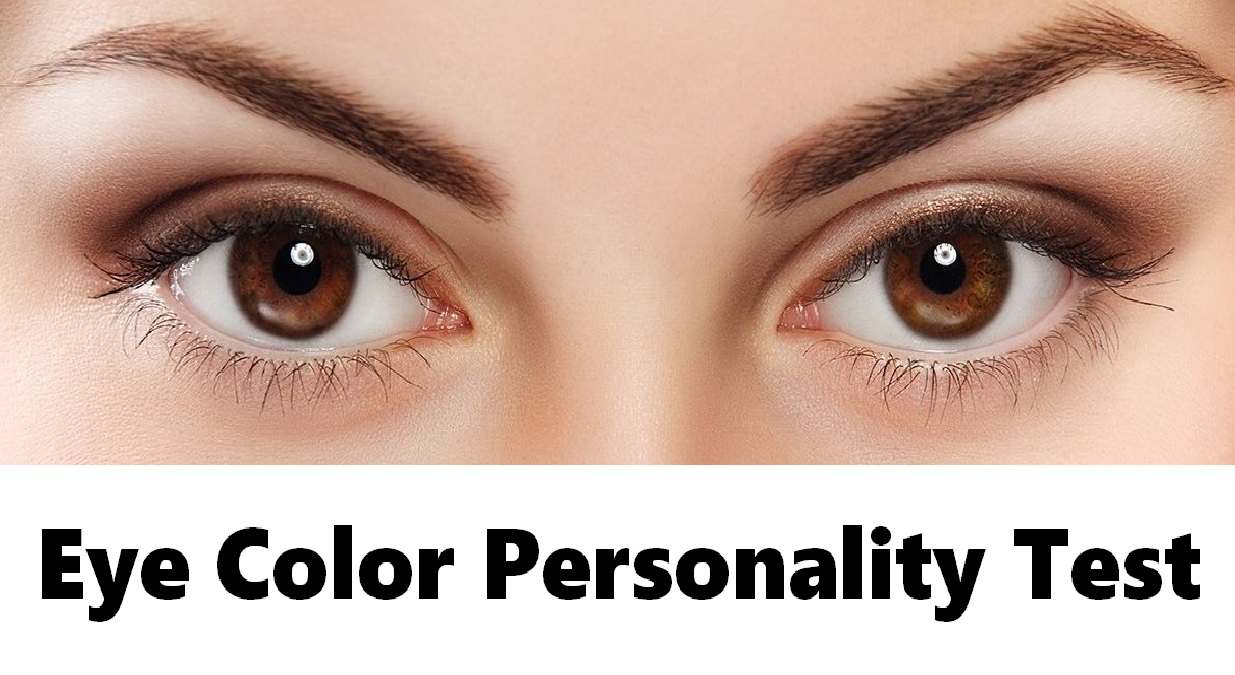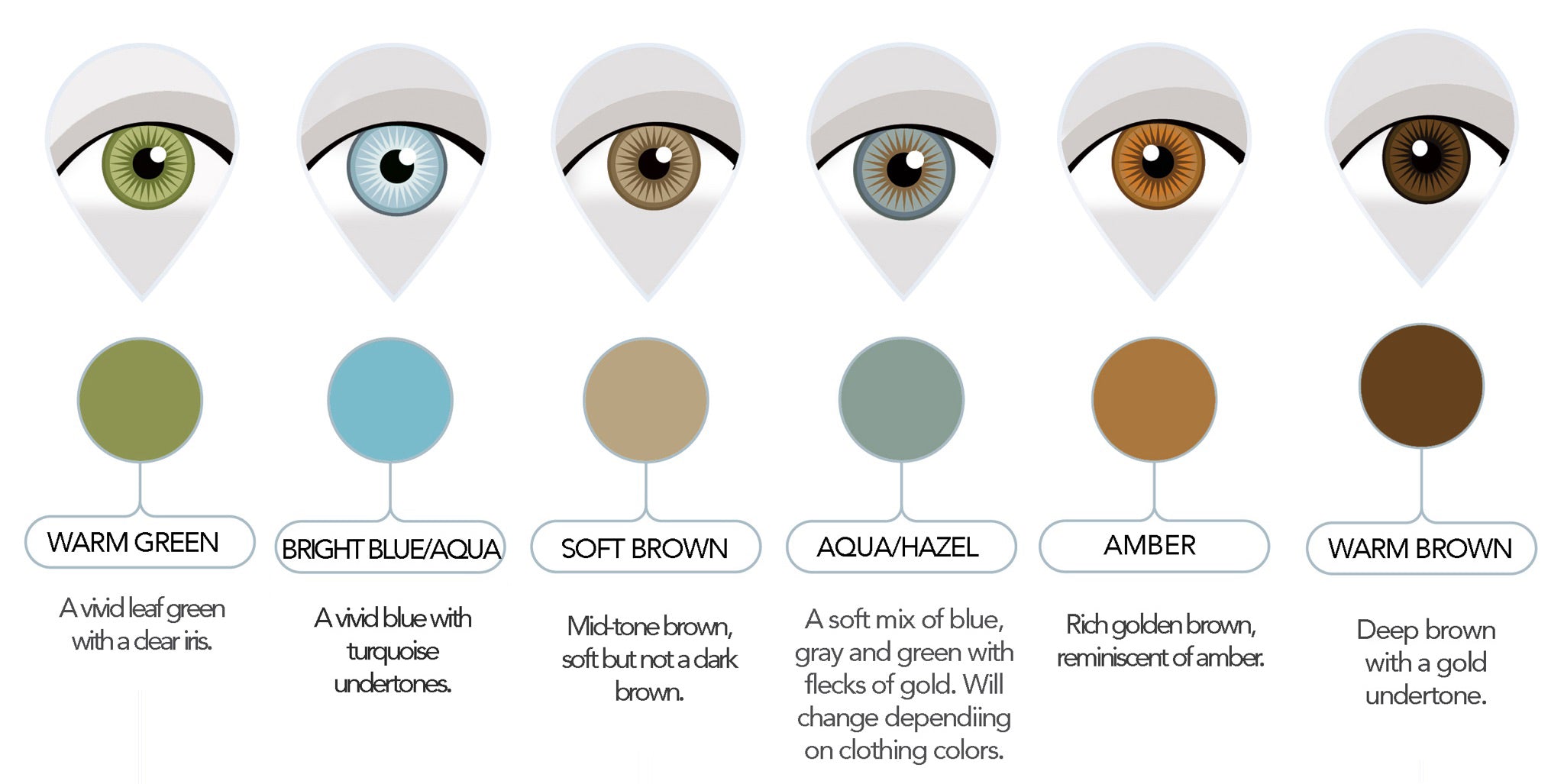What is "pretty test"?Pretty test is a keyword term used in a variety of contexts, including software testing, product development, and research.
In software testing, pretty test refers to a test that is designed to verify that a software product meets its functional requirements. Pretty tests are typically written in a formal language, such as Java or C++, and they are executed against the software product to check for errors.
In product development, pretty test refers to a test that is designed to evaluate the user experience of a product. Pretty tests are typically conducted with real users, and they are used to gather feedback on the product's usability, design, and overall functionality.
Read also:The Ultimate Guide To Streaming With Sdmoviespoint
In research, pretty test refers to a test that is designed to measure the effectiveness of a particular intervention. Pretty tests are typically conducted with a control group and an experimental group, and they are used to determine whether the intervention had a significant impact on the outcome.
Pretty tests are an important tool for ensuring the quality of software products, products, and research. By verifying that software products meet their functional requirements, pretty tests help to ensure that they are reliable and safe. By evaluating the user experience of products, pretty tests help to ensure that they are easy to use and meet the needs of users. By measuring the effectiveness of interventions, pretty tests help to ensure that they are having a positive impact.
Key Aspects of "pretty test":
Functional testing
User experience testing
Research
Read also:The Shocking Crime Scene Of Gypsy Rose Blanchards Murder
{point}: Functional Testing
Functional testing is a type of software testing that verifies that a software product meets its functional requirements. Functional requirements define the specific tasks that the software product must be able to perform. Pretty tests are a type of functional test that is designed to verify that the software product can perform these tasks correctly.
Functional tests are typically written in a formal language, such as Java or C++. They are executed against the software product to check for errors. If an error is found, the test will fail and the software product will need to be fixed.
{point}: User Experience Testing
User experience testing is a type of testing that evaluates the user experience of a product. The user experience is the overall experience that a user has when using a product. It includes factors such as usability, design, and overall functionality.
Pretty tests are a type of user experience test that is conducted with real users. These users are asked to use the product and provide feedback on their experience. This feedback is then used to improve the product's usability, design, and overall functionality.
{point}: Research
Pretty tests are also used in research to measure the effectiveness of a particular intervention. An intervention is a change that is made to a system or process. Pretty tests are used to determine whether the intervention had a significant impact on the outcome.
Pretty tests are typically conducted with a control group and an experimental group. The control group is a group of people who do not receive the intervention. The experimental group is a group of people who do receive the intervention. The results of the two groups are then compared to determine whether the intervention had a significant impact.
pretty test
Pretty test is a keyword term used in a variety of contexts, including software testing, product development, and research. It can be used as a noun, adjective, or verb, and its meaning varies depending on the part of speech.
- Noun: A test that is designed to verify that a software product meets its functional requirements.
- Adjective: Attractive or pleasing to the eye.
- Verb: To test or evaluate something.
Here are seven key aspects of pretty test, exploring various dimensions related to the term:
- Functional testing: Verifies that a software product meets its functional requirements.
- User experience testing: Evaluates the user experience of a product.
- Research: Measures the effectiveness of a particular intervention.
- Aesthetics: The visual appeal of a product or design.
- Quality: The overall quality of a product or service.
- Effectiveness: The extent to which a product or service meets its intended purpose.
- Efficiency: The extent to which a product or service uses resources effectively.
These key aspects are all important considerations when developing and testing software products and services. By focusing on these aspects, businesses can ensure that their products are of high quality, meet the needs of users, and are effective and efficient.
Noun
In software testing, a pretty test is a type of functional test that is designed to verify that a software product meets its functional requirements. Functional requirements define the specific tasks that the software product must be able to perform. Pretty tests are written in a formal language, such as Java or C++, and they are executed against the software product to check for errors.
- Role:Pretty tests play a crucial role in ensuring the quality of software products. By verifying that software products meet their functional requirements, pretty tests help to ensure that they are reliable and safe.
- Examples:Pretty tests can be used to test a variety of different software products, including web applications, mobile applications, and desktop applications.
- Implications: The results of pretty tests can have a significant impact on the development process. If a pretty test fails, it may be necessary to redesign or rewrite the software product.
Overall, pretty tests are an important tool for ensuring the quality of software products. By verifying that software products meet their functional requirements, pretty tests help to ensure that they are reliable, safe, and meet the needs of users.
Adjective
In the context of "pretty test", the adjective "attractive or pleasing to the eye" refers to the visual appeal of the software product or its user interface. A visually appealing product is more likely to be used and enjoyed by users, which can lead to increased customer satisfaction and loyalty.
- Title of Facet 1: User Experience
User experience (UX) is a key factor in the success of any software product. A well-designed UX makes the product easy to use and navigate, which can lead to increased user satisfaction and productivity. Visual appeal is an important part of UX, as it can make the product more enjoyable to use and create a positive impression on users.
- Title of Facet 2: Marketing and Sales
The visual appeal of a software product can also play a role in marketing and sales. A visually appealing product is more likely to attract attention and generate interest, which can lead to increased sales. This is especially important for products that are sold online, where users cannot physically interact with the product before they purchase it.
- Title of Facet 3: Brand Perception
The visual appeal of a software product can also affect brand perception. A well-designed product that is visually appealing can create a positive impression of the brand, which can lead to increased customer loyalty and trust. This is especially important for businesses that want to build a strong brand identity.
Overall, the visual appeal of a software product is an important factor to consider in the development process. By creating a product that is attractive or pleasing to the eye, businesses can increase user satisfaction, boost sales, and improve brand perception.
Verb
In the context of "pretty test", the verb "to test or evaluate something" refers to the process of determining whether a software product meets its requirements. This process can be carried out manually or using automated testing tools.
Testing is an essential part of the software development process. It helps to ensure that the software product is free of errors and meets the needs of users. Pretty tests are a specific type of test that is designed to verify that the software product meets its functional requirements.
Functional requirements define the specific tasks that the software product must be able to perform. Pretty tests are written in a formal language, such as Java or C++, and they are executed against the software product to check for errors.
If a pretty test fails, it may be necessary to redesign or rewrite the software product. This is why testing is such an important part of the software development process. It helps to ensure that the software product is of high quality and meets the needs of users.
Functional testing
Functional testing is a critical component of pretty test, as it ensures that the software product meets its intended purpose and behaves as expected. Functional testing involves verifying that the software product can perform all of its specified tasks and functions correctly, in accordance with its functional requirements.
For instance, in an e-commerce application, functional testing would involve testing the following functionalities: adding items to the shopping cart, processing payments, and generating invoices. By conducting thorough functional testing, businesses can identify and fix any defects or errors in the software product, ensuring that it delivers a seamless and satisfactory user experience.
Moreover, functional testing plays a vital role in regulatory compliance and industry standards. Many industries have specific regulations and standards that software products must adhere to in order to ensure safety, reliability, and quality. Functional testing helps businesses demonstrate that their software products meet these regulatory requirements and industry best practices.
In summary, functional testing is an indispensable part of pretty test, as it provides assurance that the software product functions as intended, meets user expectations, and complies with regulatory standards.
User experience testing
In the context of pretty test, user experience testing plays a crucial role in assessing and refining the overall user experience of a software product. User experience testing involves evaluating how users interact with the product, identifying areas for improvement, and ensuring that the product meets their needs and expectations.
By conducting user experience testing, businesses can gain valuable insights into the usability, accessibility, and overall user satisfaction of their software product. This information is essential for creating products that are not only functional but also enjoyable and intuitive to use.
For instance, a software company developing a new mobile application may conduct user experience testing to gather feedback on the app's design, navigation, and overall functionality. The feedback gathered from user testing can then be used to make informed decisions about design changes, feature enhancements, and improvements to the user interface.
In summary, user experience testing is a critical component of pretty test, as it helps businesses understand how users interact with their software products and make data-driven decisions to improve the overall user experience.
Research
In the context of pretty test, research plays a vital role in evaluating the effectiveness of specific interventions or changes made to the software product or its development process.
- Title of Facet 1: Validating New Features
Research can be used to measure the effectiveness of new features or functionalities introduced in a software product. By conducting user testing or surveys, businesses can gather feedback on the usefulness, usability, and overall impact of the new features.
- Title of Facet 2: Comparing Different Design Approaches
Research can be used to compare the effectiveness of different design approaches or user interfaces. A/B testing or multivariate testing can be employed to determine which design variations resonate better with users and lead to improved outcomes.
- Title of Facet 3: Evaluating Development Process Improvements
Research can be used to evaluate the effectiveness of changes made to the software development process, such as implementing new tools or methodologies. By tracking metrics such as development time, defect rates, and team satisfaction, businesses can assess the impact of these changes and identify areas for further improvement.
- Title of Facet 4: Measuring User Engagement and Retention
Research can be used to measure the effectiveness of initiatives aimed at improving user engagement and retention. By analyzing user behavior data, businesses can determine the impact of changes made to the product or its marketing strategy on key metrics such as daily active users, monthly active users, and churn rate.
In summary, research is an integral part of pretty test, as it provides valuable insights into the effectiveness of changes made to the software product or its development process. By conducting thorough research, businesses can make data-driven decisions and continuously improve the quality, user experience, and overall effectiveness of their software products.
Aesthetics
In the context of pretty test, aesthetics play a crucial role in enhancing the overall user experience and brand perception.
- Title of Facet 1: User Interface Design
The visual appeal of the user interface (UI) is a key factor in determining the overall user experience. A well-designed UI with intuitive navigation, clear visuals, and visually pleasing elements enhances the user's interaction with the software product.
- Title of Facet 2: Brand Consistency
Aesthetics contribute to maintaining brand consistency across all touchpoints, including the software product. The visual design should align with the brand's overall identity, colors, typography, and imagery, creating a cohesive and recognizable brand experience.
- Title of Facet 3: Emotional Impact
The visual appeal of a software product can evoke emotions and create a lasting impression on users. A visually appealing product can elicit positive emotions, such as joy, excitement, or trust, which can influence user engagement and loyalty.
- Title of Facet 4: Competitive Advantage
In today's competitive market, aesthetics can provide a competitive advantage by differentiating a software product from its competitors. A visually appealing product can attract more users and increase brand recognition, leading to increased market share and revenue.
Overall, aesthetics are an important consideration in pretty test as they impact user experience, brand perception, emotional engagement, and competitive advantage. By focusing on creating visually appealing software products, businesses can enhance user satisfaction, build stronger brands, and drive business success.
Frequently Asked Questions about "pretty test"
This section provides answers to commonly asked questions about "pretty test", offering a comprehensive understanding of its key aspects and significance. Dive into these FAQs to clarify any doubts or misconceptions.
Question 1: What are the key benefits of conducting "pretty tests"?
Answer: Conducting "pretty tests" offers several key benefits. By verifying functional requirements, "pretty tests" ensure software products meet their intended purpose and perform as expected. Additionally, user experience testing through "pretty tests" helps identify areas for improvement and enhances the overall user experience. Moreover, "pretty tests" facilitate data-driven decision-making through research, enabling businesses to evaluate the effectiveness of changes and continuously improve their software products.
Question 2: How do "pretty tests" contribute to the success of a software product?
Answer: "Pretty tests" play a vital role in the success of a software product. Functional testing ensures the product's reliability and correctness, while user experience testing enhances user satisfaction and engagement. Research conducted as part of "pretty tests" helps businesses understand user needs and make informed decisions about product development and improvements. Moreover, aesthetically pleasing software products attract users and create a positive brand image, contributing to the overall success of the software product.
In summary, "pretty tests" are essential for delivering high-quality software products that meet user expectations and drive business success.
Conclusion
Pretty tests encompass a comprehensive approach to software testing, user experience evaluation, and research. These practices collectively ensure the quality, functionality, and user-friendliness of software products. By adopting pretty tests, businesses can deliver exceptional software products that meet user expectations and contribute to overall success.
The key takeaway from this exploration of pretty tests is the recognition of their significance in modern software development. By incorporating functional testing, user experience testing, and research into the development process, businesses can create software products that are not only functional but also enjoyable and intuitive to use. This commitment to delivering high-quality software products not only enhances user satisfaction but also drives business growth and innovation.


